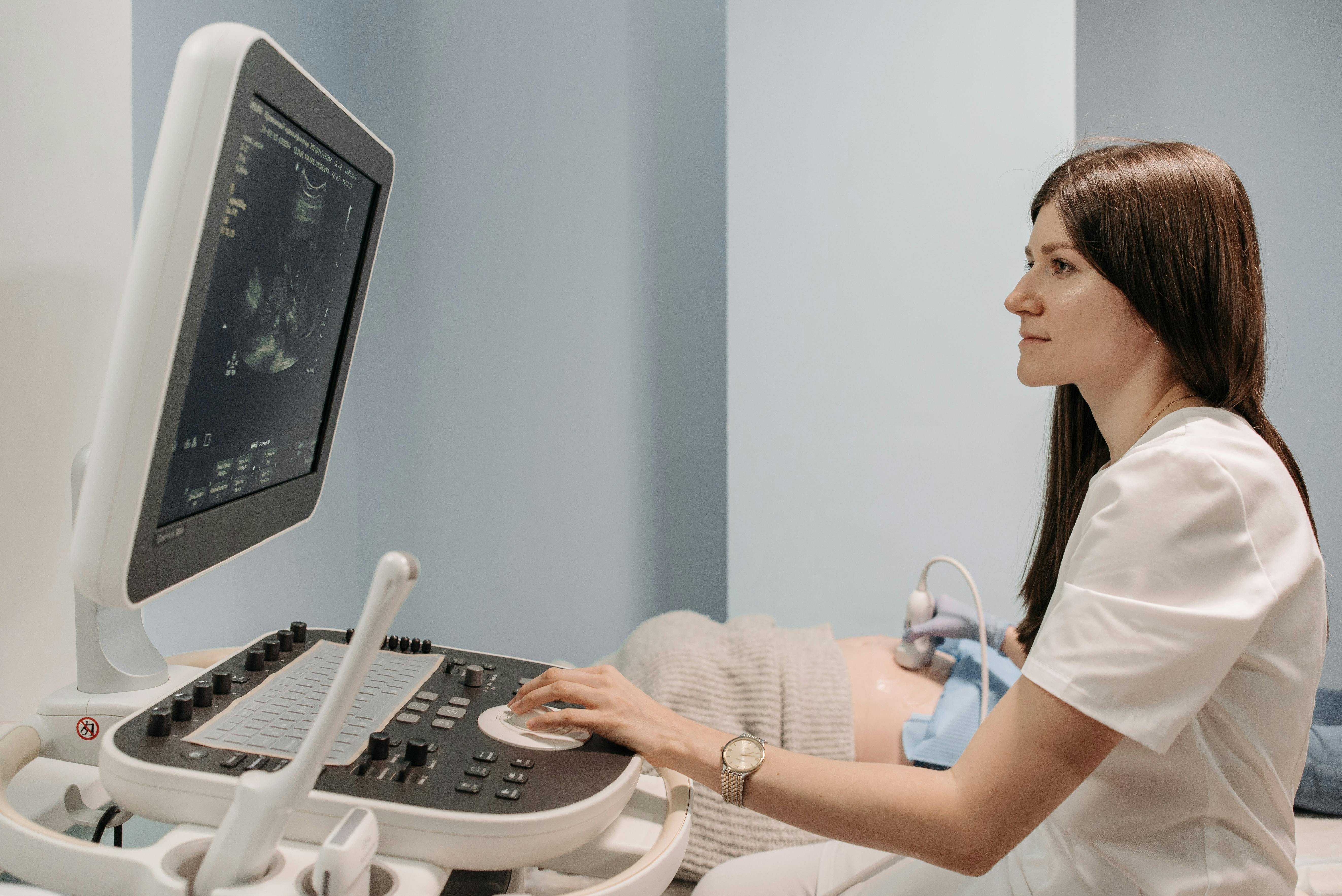Often, as a home health aide, your job will include helping a patient prepare food. While the standard rules of food preparation apply to most of your patients (i.e. following the Food Pyramid), there are also a host of different modified diets, some of them quite complex that you may need to follow. This is what you need to know:
Increased or decreased intake of certain foods
The most common type of modified diet simply requires an increase or decrease in the intake of certain types of food. For example, a patient suffering from chronic high blood pressure may be advised to reduce the amount of sodium in the diet. This would involve more than just leaving the salt shaker in the cupboard. You should also check the nutritional information on all prepared foods for the total sodium content they contain.
Other times it may be necessary to increase the intake of certain foods. For example, some patients may need an increase in the amount of protein they eat. Once again, it will be important to consult the nutritional information of prepared foods. It’s also important to check which whole foods include high concentrations of needed elements (for protein, most lean meats and poultry are high in protein).
Specific foods not allowed
Other times, you may need to consider whether or not specific foods will be allowed. For example, some patients may require a gluten-free diet, which means making sure all wheat-based products are specially prepared to be gluten-free.
Liquid or soft diets
Some of your patients may require a modified diet that includes only soft foods or liquids. This is often the case when patients have problems chewing or swallowing due to injury or old age. In these cases, it’s very important to make sure your patients are still getting the necessary nutrients in their diets to stay healthy. For example, you may need to puree fresh fruits and vegetables along with meat and poultry so that the food is liquid enough to drink.
Soft food
Some of your home health care patients may have dietary requirements that include soft foods. This is often the case when they suffer from gastrointestinal problems. In this case, hot spices such as pepper should be avoided. Salt should also be kept to a minimum when working on such a diet.
low cholesterol
Your patient may need a low-cholesterol diet if the doctor has determined that she has high cholesterol. In general, this means avoiding fat (low-fat milk, lean meat and chicken, etc.) and checking nutrition labels on prepared foods to make sure cholesterol levels are kept to a minimum.
diabetic patients
There are various schools of thought regarding diabetic patients and you should follow the dietary guidelines prescribed by the treating physician when working with patients who need such diets. The American Diabetes Association, for example, includes a series of exchanges that allow you to eat specific amounts of different types of food to maintain a balanced diet. Other modified diabetic diets may include low-carbohydrate diets or low-glycemic index diets. Diets high in complex carbohydrates and low in simple carbohydrates are also quite common for diabetic patients.
Preparing food
Since there are several different ways foods should be prepared for people on modified diets, it is important to understand the different ways foods can be prepared for these complex modified diets. Some common methods include:
Chop, mash or grind– In all three cases, it’s basically about taking whole foods and breaking them down into smaller pieces. In the case of cutting, it is exactly what it sounds like. You cut the food with a knife. Mash food means using a fork to mash cooked food and grinding generally means using a food processor to grind dry food.
Mashed potatoes-When a modified diet requires pureed foods, this means that you will first have to cook the foods until tender and then run them through a food processor. The texture should be similar to puree, although much smoother than that.
Precautions:
It is important to remember that when working with mechanically modified diets certain problems can arise. These include:
appeal loss-Often, pureed or mashed foods lose their appeal to patients and they must be dressed in some way to ensure they still want to eat them.
Nutrient loss-Because pureed foods require significant cooking time, nutrients may be lost in the food preparation process. You need to keep this in mind when preparing food while keeping track of your patients’ caloric requirements.
shopping food-When shopping for food, you should use a clean knife and cutting board. Avoid buying other foods from the same shopping board where the raw meat was cut. When handling raw meat, remember that wooden cutting boards will absorb liquids from the meat and should therefore be avoided.
keep things clean-In all cases, all equipment used to process food for your patients on modified diets must be kept absolutely clean. This means, for example, that you should be careful to wash the equipment after you have used it and not allow it to sit out and dry out.
Storage-If the food you have mechanically prepared for your patient’s modified diets needs to be stored, be sure to store it in airtight containers and make sure the food stays fresh by freezing or refrigerating it rather than just leaving it in the cupboard.
prevent bacteria-Finally, pureed or cooked foods should be served immediately or frozen to ensure that bacterial infections do not form in them. Hot foods should be served while they are still hot and cold foods should be served cold to ensure they are safe. Never serve meat that has been out of the refrigerator for more than two hours, and be sure to keep dairy products and eggs refrigerated as well.
